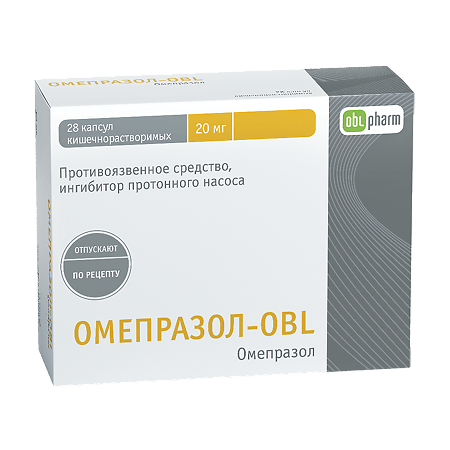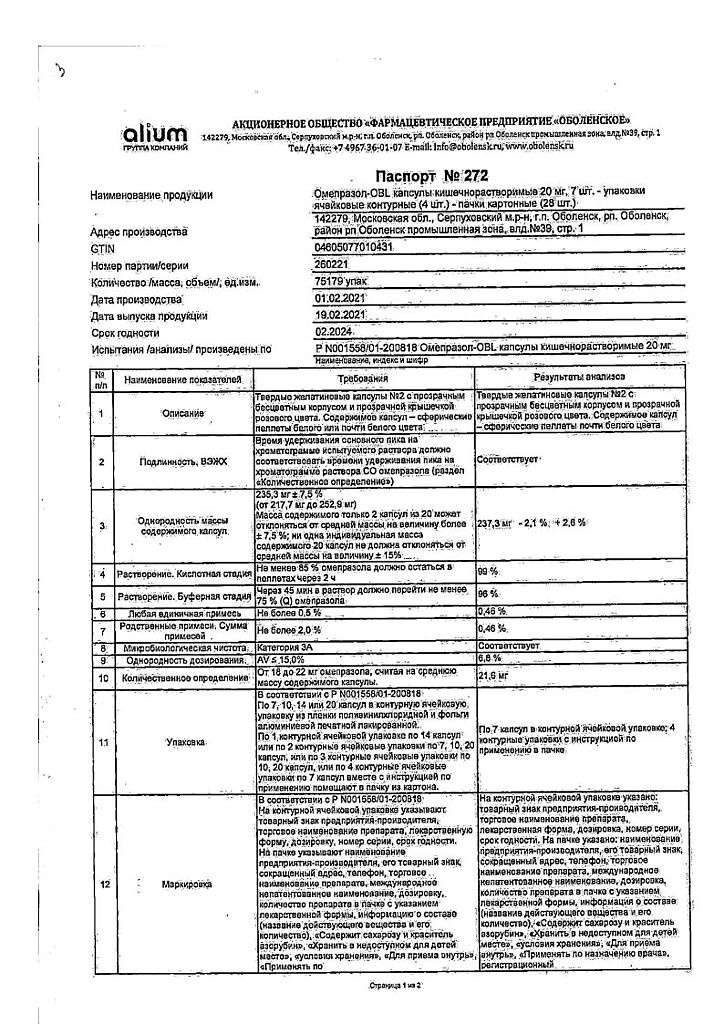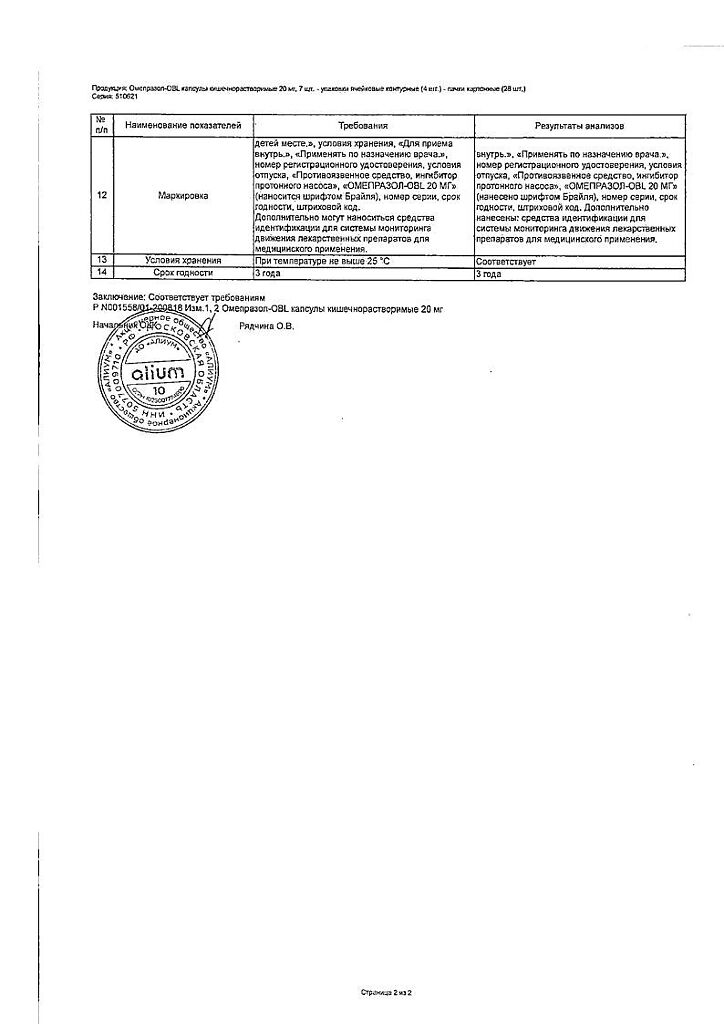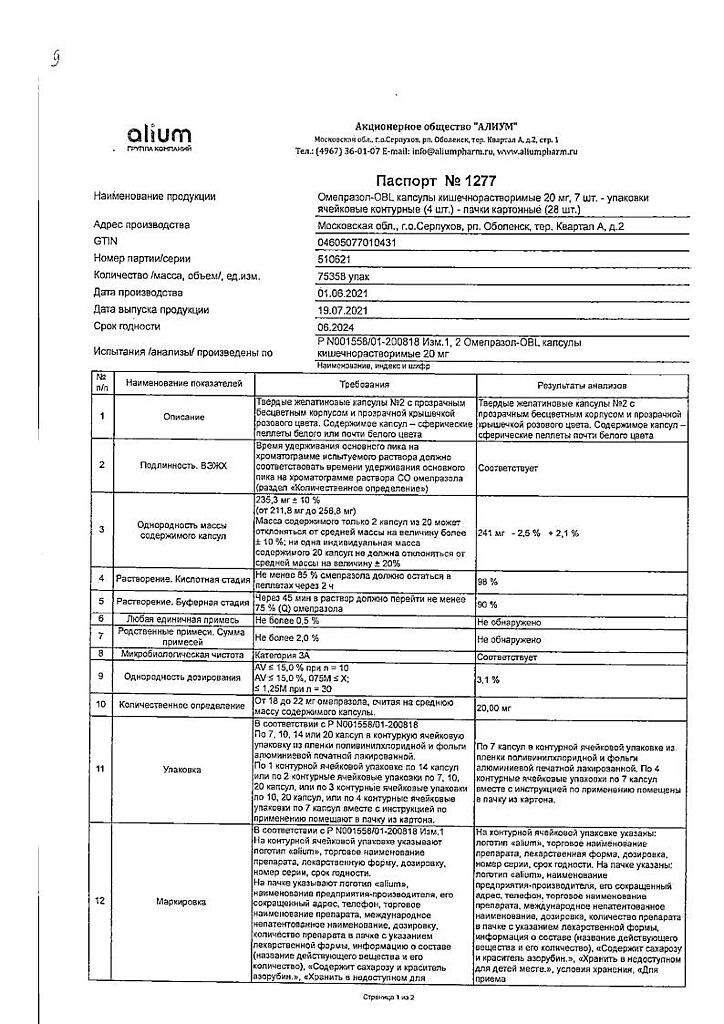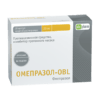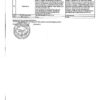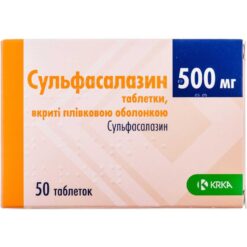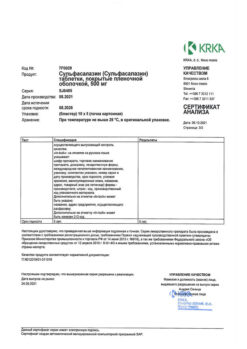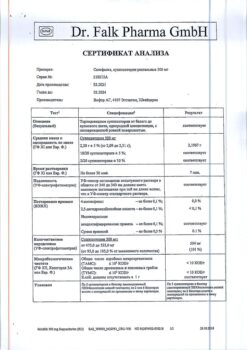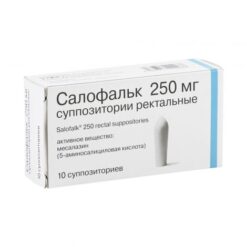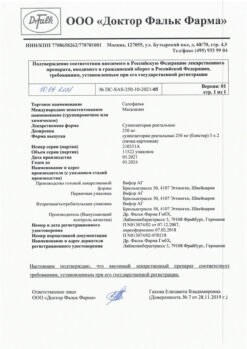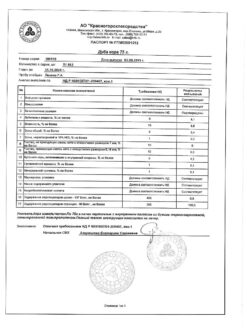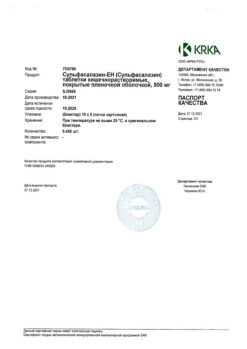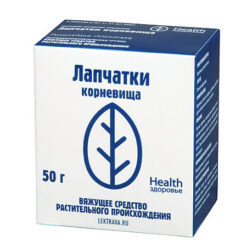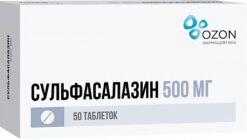No products in the cart.
Omeprazole-OBL, 20 mg capsules 28 pcs
€4.29 €3.81
Out of stock
(E-mail when Stock is available)
EAN: 4605077010431
SKU: 267842
Categories: Medicine, Stomach, intestines, liver, Ulcer and gastritis
Description
Pharmacotherapeutic group:
An anti-ulcer agent, proton pump inhibitor.
Pharmic action:
Proton pump inhibitor, reduces acid production – inhibits H+/K+-ATPase activity in the parietal cells of the stomach and thus blocks the final stage of HCl secretion. The drug is a prodrug and is activated in the acidic environment of the secretory tubules of the parietal cells.
It reduces basal and stimulated secretion regardless of the nature of the stimulus. The antisecretory effect after taking 20 mg occurs within the first hour, maximum in 2 hours.
The inhibition of 50% of maximum secretion lasts for 24 h. A single daily administration provides fast and effective suppression of gastric secretion during the day and night, which reaches its maximum after 4 days of treatment and disappears by the end of 3-4 days after the end of administration.
In patients with duodenal ulcer disease, taking 20 mg of omeprazole maintains intragastric pH at 3 for 17 hours.
Pharmacokinetics:
Absorption is high, TCmax is 0.5-3.5 h, bioavailability – 30-40% (in case of hepatic insufficiency it increases almost to 100%); having high lipophilicity easily penetrates into parietal cells of the stomach, binding to plasma proteins – 90-95% (albumin and acidic alpha1-glycoprotein).T1/2 – 0.5-1 h (in case of hepatic insufficiency – 3 h), clearance – 500-600 ml/min.
It is almost completely metabolized in the liver with participation of CYP2C19 enzymatic system, with the formation of 6 metabolites (hydroxyomeprazole, sulfide and sulfone derivatives and others), pharmacologically inactive.
It is an inhibitor of CYP2C19 isoenzyme.
Elevation by kidneys (70-80%) and with bile (20-30%).In CKD the excretion decreases in proportion to the decrease in CK.
In elderly patients, excretion decreases and bioavailability increases.
Indications
Indications
Peptic ulcer of the stomach and duodenum (including prevention of relapses), reflux esophagitis, hypersecretory conditions (Zollinger-Ellison syndrome, stress ulcers of the gastrointestinal tract, polyendocrine adenomatosis, systemic mastocytosis);
NSAID gastropathy. Eradication of Helicobacter pylori in infected patients with gastric and duodenal ulcers (as part of combination therapy).
Pharmacological effect
Pharmacological effect
Pharmacotherapeutic group:
Antiulcer agent, proton pump inhibitor.
Pharmaceutical action:
A proton pump inhibitor, reduces acid production – inhibits the activity of H+/K+-ATPase in the parietal cells of the stomach and thereby blocks the final stage of HCl secretion. The drug is a prodrug and is activated in the acidic environment of the secretory tubules of parietal cells.
Reduces basal and stimulated secretion regardless of the nature of the stimulus. The antisecretory effect after taking 20 mg occurs within the first hour, maximum after 2 hours.
Inhibition of 50% of maximum secretion lasts 24 hours. A single dose per day provides rapid and effective inhibition of daytime and nighttime gastric secretion, reaching its maximum after 4 days of treatment and disappearing by the end of 3-4 days after the end of administration.
In patients with duodenal ulcer, 20 mg omeprazole maintains intragastric pH at 3 for 17 hours.
Pharmacokinetics:
Absorption – high, TCmax – 0.5-3.5 hours, bioavailability – 30-40% (with liver failure it increases to almost 100%); having high lipophilicity, it easily penetrates into the parietal cells of the stomach, the connection with plasma proteins is 90-95% (albumin and acidic alpha1-glycoprotein). T1/2 – 0.5-1 hour (in case of liver failure – 3 hours), clearance – 500-600 ml/min.
Almost completely metabolized in the liver with the participation of the CYP2C19 enzyme system, with the formation of 6 metabolites (hydroxyomeprazole, sulfide and sulfone derivatives, etc.), pharmacologically inactive.
It is an inhibitor of the CYP2C19 isoenzyme.
Excretion by the kidneys (70-80%) and bile (20-30%). With chronic renal failure, excretion decreases in proportion to the decrease in CC.
In elderly patients, excretion decreases and bioavailability increases.
Special instructions
Special instructions
Before starting therapy, it is necessary to exclude the presence of a malignant process (especially with a stomach ulcer), because Treatment, masking symptoms, can delay the correct diagnosis.
Taking it with food does not affect its effectiveness.
Active ingredient
Active ingredient
Omeprazole
Composition
Composition
Active substance
Omeprazole – 20 mg.
Pellet excipients:
calcium carbonate,
disubstituted potassium phosphate;
hydroxypropyl methylcellulose (hypromellose);
mannitol;
sugar pellets (sucrose);
sugar syrup (sucrose);
polyethylene glycol 6000;
polyvinylpyrollidone K-30;
sodium hydroxide;
sodium lauryl sulfate;
talc;
titanium dioxide;
twin 80.
Pellet shell composition:
acrylic coating L30D
Composition of gelatin capsule:
azorubine,
gelatin,
methyl parahydroxybenzonate,
propyl parahydroxybenzoate,
acetic acid.
Contraindications
Contraindications
Hypersensitivity, childhood, pregnancy, lactation.
With caution.
Renal and/or liver failure.
Side Effects
Side Effects
From the digestive system: diarrhea or constipation, abdominal pain, nausea, vomiting, flatulence; in rare cases – increased activity of liver enzymes, taste disturbances; in some cases – dry mouth, stomatitis, in patients with previous severe liver disease – hepatitis (including jaundice), impaired liver function.
From the hematopoietic organs: in some cases – leukopenia, thrombocytopenia, agranulocytosis, pancytopenia.
From the nervous system: in patients with severe concomitant somatic diseases – dizziness, headache, agitation, depression, in patients with previous severe liver disease – encephalopathy.
From the musculoskeletal system: in some cases – arthralgia, myasthenia, myalgia.
From the skin: rarely – skin rash and/or itching, in some cases – photosensitivity, exudative erythema multiforme, alopecia.
Allergic reactions: urticaria, angioedema, fever, bronchospasm, interstitial nephritis and anaphylactic shock.
Other: rarely – gynecomastia, malaise, visual impairment, peripheral edema, increased sweating, formation of gastric glandular cysts during long-term treatment (a consequence of inhibition of HCl secretion, is benign, reversible).
Overdose.
Symptoms: confusion, blurred vision, drowsiness, dry mouth, headache, nausea, tachycardia, arrhythmia.
Treatment: symptomatic. Hemodialysis is not effective enough.
Interaction
Interaction
May reduce the absorption of ampicillin esters, iron salts, itraconazole and ketoconazole (omeprazole increases gastric pH).
Being inhibitors of cytochrome P450, it can increase the concentration and reduce the excretion of diazepam, indirect anticoagulants, phenytoin (drugs that are metabolized in the liver via cytochrome CYP2C19), which in some cases may require a reduction in the doses of these drugs.
At the same time, long-term use of omeprazole at a dose of 20 mg 1 time per day in combination with caffeine, theophylline, piroxicam, diclofenac, naproxen, metoprolol, propranolol, ethanol, cyclosporine, lidocaine, quinidine and estradiol did not lead to a change in their concentration in plasma. It enhances the inhibitory effect on the hematopoietic system of others. PM.
There was no interaction with concomitantly taken antacids.
Manufacturer
Manufacturer
Alium JSC, Russia
Additional information
| Manufacturer | Alium JSC, Russia |
|---|---|
| Medication form | capsules |
| Brand | Alium JSC |
Related products
Buy Omeprazole-OBL, 20 mg capsules 28 pcs with delivery to USA, UK, Europe and over 120 other countries.

